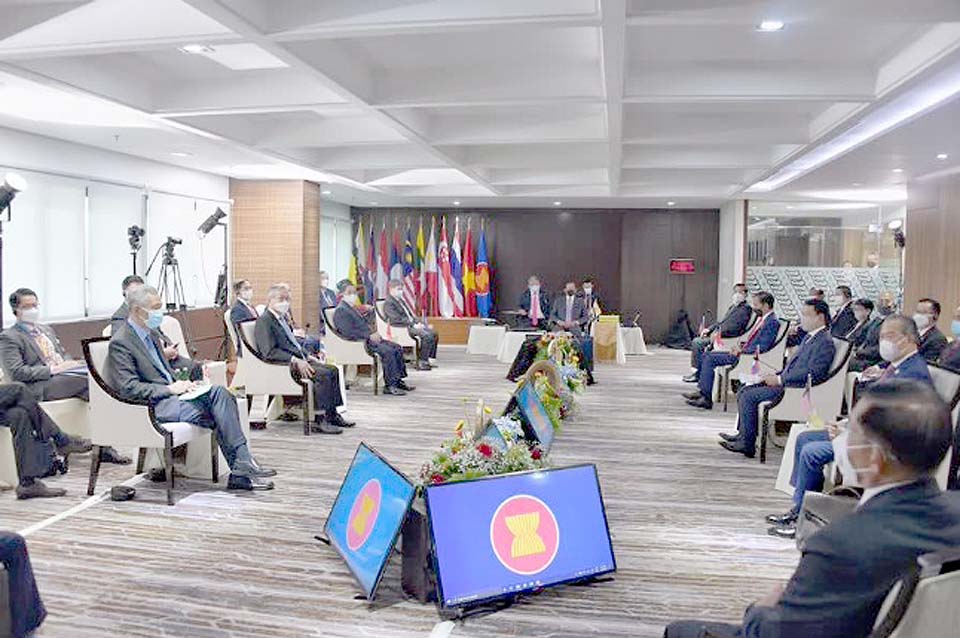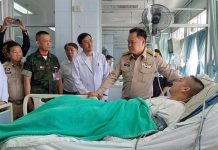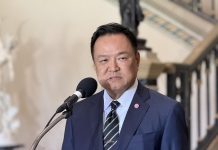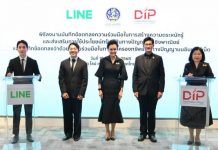
On 24th April 2021, the Asean leaders got together and agreed on a five-point consensus regarding the situation in Myanmar. The outcome was the result of three hours and ten minutes of deliberation by the Asean leaders and their foreign ministers. Although three leaders — from the Philippines, Thailand and Laos — were missing from the meeting, they were represented by their foreign ministers. In the case of Thailand, Deputy Prime Minister and Foreign Minister Don Pramudwinai was assigned as a special envoy by Prime Minister Prayut Chan-o-cha.
It is important to understand the context of these principles, which serve as a roadmap for the bloc’s engagement with Myanmar’s stakeholders in the months, if not years, to come. The first point calls for an immediate cessation of violence. This is the No. 1 priority of Asean’s demand to Gen Min Aung Hlaing that all killings of protestors must stop. This includes a demand that all parties exercise restraint. As of last week, a reported 750-780 persons had been killed, according to the Assistant Association of Political Prisoners. Naypyidaw insists that the number of casualties was much lower, at 274, and blames the rest on unnamed armed groups.
The second consensus has to do with constructive dialogue among all of Myanmars concerned parties. To ensure that the future of Myanmar is the product of Myanmar’s people, Asean has called for the kick-starting of dialogue and a reconciliation process. As such, those in prison must be released to be part of the dialogue. At the moment, most of the former Cabinet ministers including Aung San Suu Kyi and Vice President Win Myint are under house arrest. In the past months however, the military regime has released several thousand inmates as well as scores of activists.
The third consensus is the role of a special envoy of the Asean chair, who shall facilitate mediation of the dialogue process, with the assistance of the Secretary General of Asean. This individual will have a full mandate to ask for access to all political prisoners and decide on policies and matters that are linked to the bloc’s activities. At the moment, Asean is selecting the person who can carry out the task. There are a few names being vetted including former foreign minister Hassan Wirayuda, former commander-in-chief of the UN Peacekeeping Forces in East Timor, General Boonsrang Niumpradit, and former Singapore Prime Minister Go Chok Tong.
Equally important is the fourth consensus, which is about the role of the Asean Coordinating Center for Humanitarian Assistance on disaster management, known in brief as the AHA Center. It will be the provider of humanitarian assistance. The center has been active in helping Myanmar over the repatriation plan for Rohingya refugees. Since the coup on February 1, Asean has made it clear to Naypyidaw that the bloc is willing to provide any assistance needed in the future. Asean would also like to send its assessment team to Myanmar as soon as possible so that it can come up with a plan to provide humanitarian aid.
Finally, the Asean special envoy must be able to travel to Myanmar to meet all stakeholders. The special envoy will reach out to all personalities and players to ensure a sustainable solution.
The consensus does not have any timeframe in which to realize these objectives. However, it is clear the military regime has at least five months to implement them before the UN General Assembly takes place in mid-September. At that time, the UN Credentials Committee will deliberate on the rightful credentials of Myanmar. At the moment, the UN continues to recognize the deposed UN envoy, Kyaw Moe Tun of the National League of Democracy. (Kavi Chongkittavorn – NNT)





